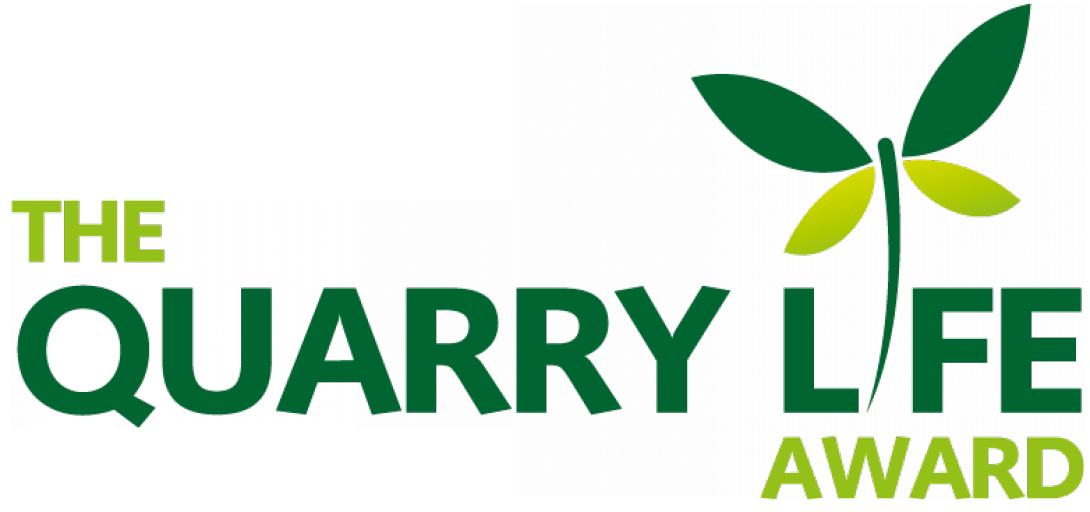Sunny spring days are tempting us to set out for nature and so our working group is starting with field trips. Our first field trip was once again to the former military area near Milovice where we are studying the effect of pasture of large herbivores on the restoration of dry grasslands. Our experiment was established on abandoned field last summer and it was necessary to check on our permanent plots which will be sampled during June.
During the field trip, we were also looking for localities in the former military area which were burned and where we can study succession of plants. Furthermore, our group is planning to find and select several dust-bath places where we can observe the succession of plants and the effect of wild horses and European bison on the species composition.
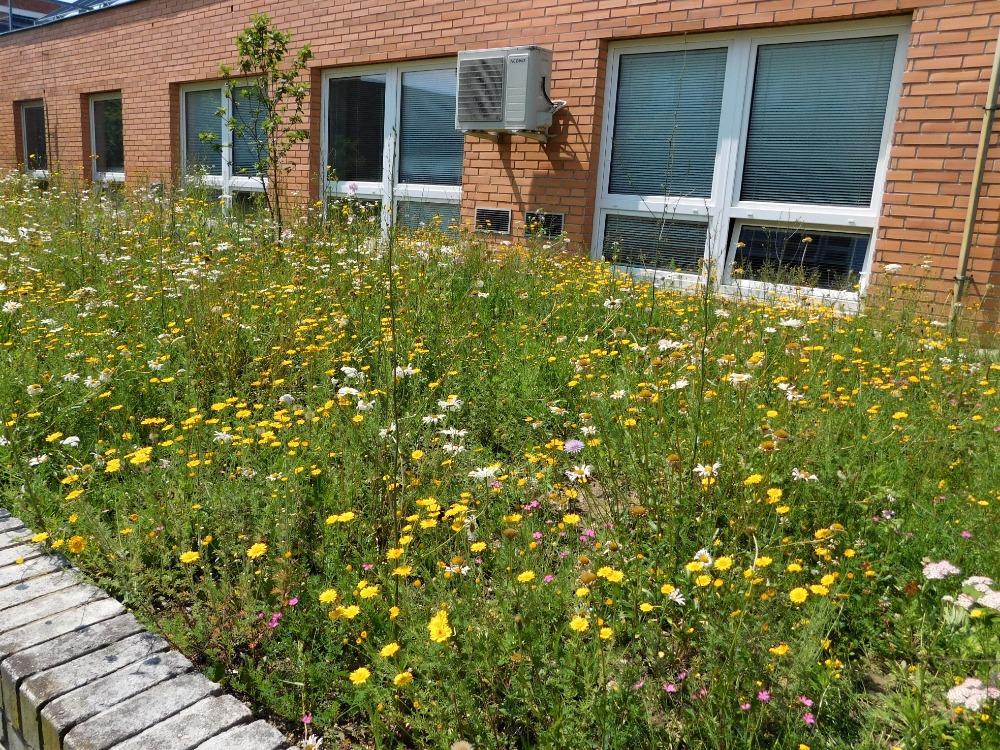 One of the results of our collaboration with German colleagues from Hochschule Anhalt in Bernburg is a document with
One of the results of our collaboration with German colleagues from Hochschule Anhalt in Bernburg is a document with 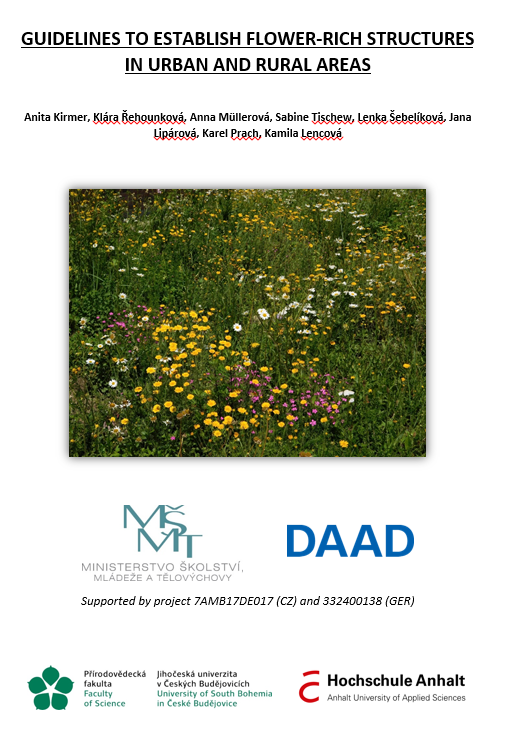
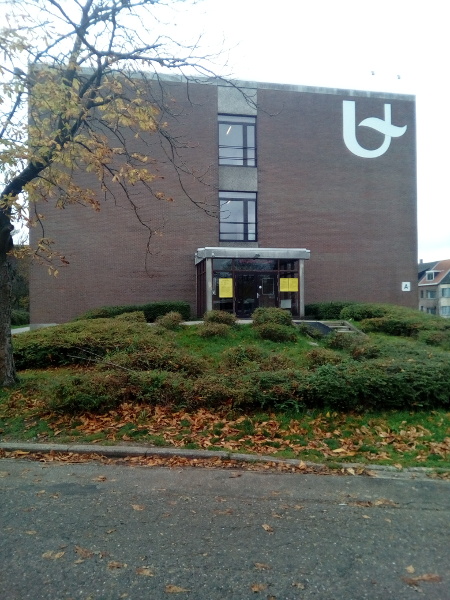 One of the most important parts of student life is certainly a PhD study stay abroad. Students from the Ecological restoration working group have an opportunity to choose between several prestigious workplaces dealing with restoration. Anička Müllerová has chosen Flemish (Belgian) Antwerp.
One of the most important parts of student life is certainly a PhD study stay abroad. Students from the Ecological restoration working group have an opportunity to choose between several prestigious workplaces dealing with restoration. Anička Müllerová has chosen Flemish (Belgian) Antwerp.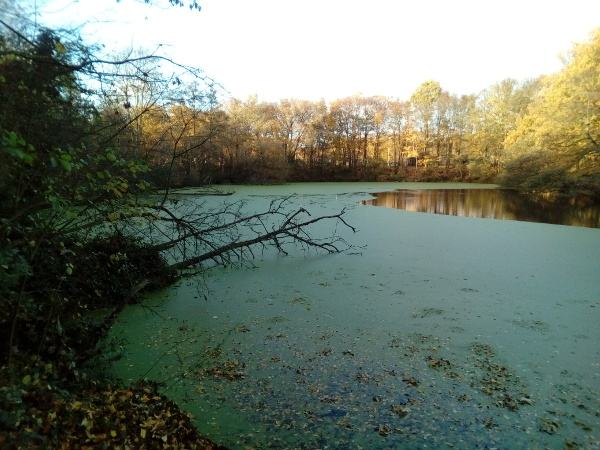
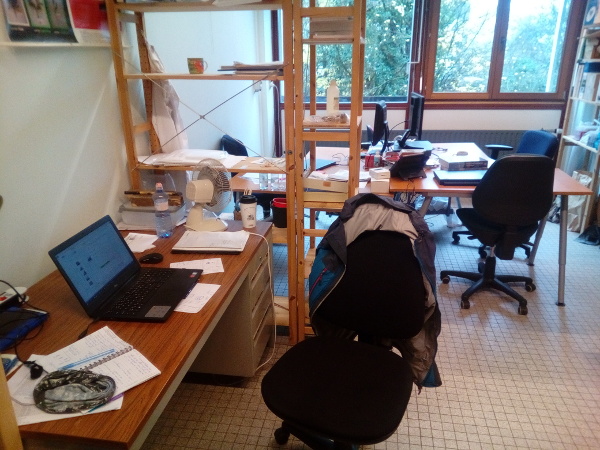
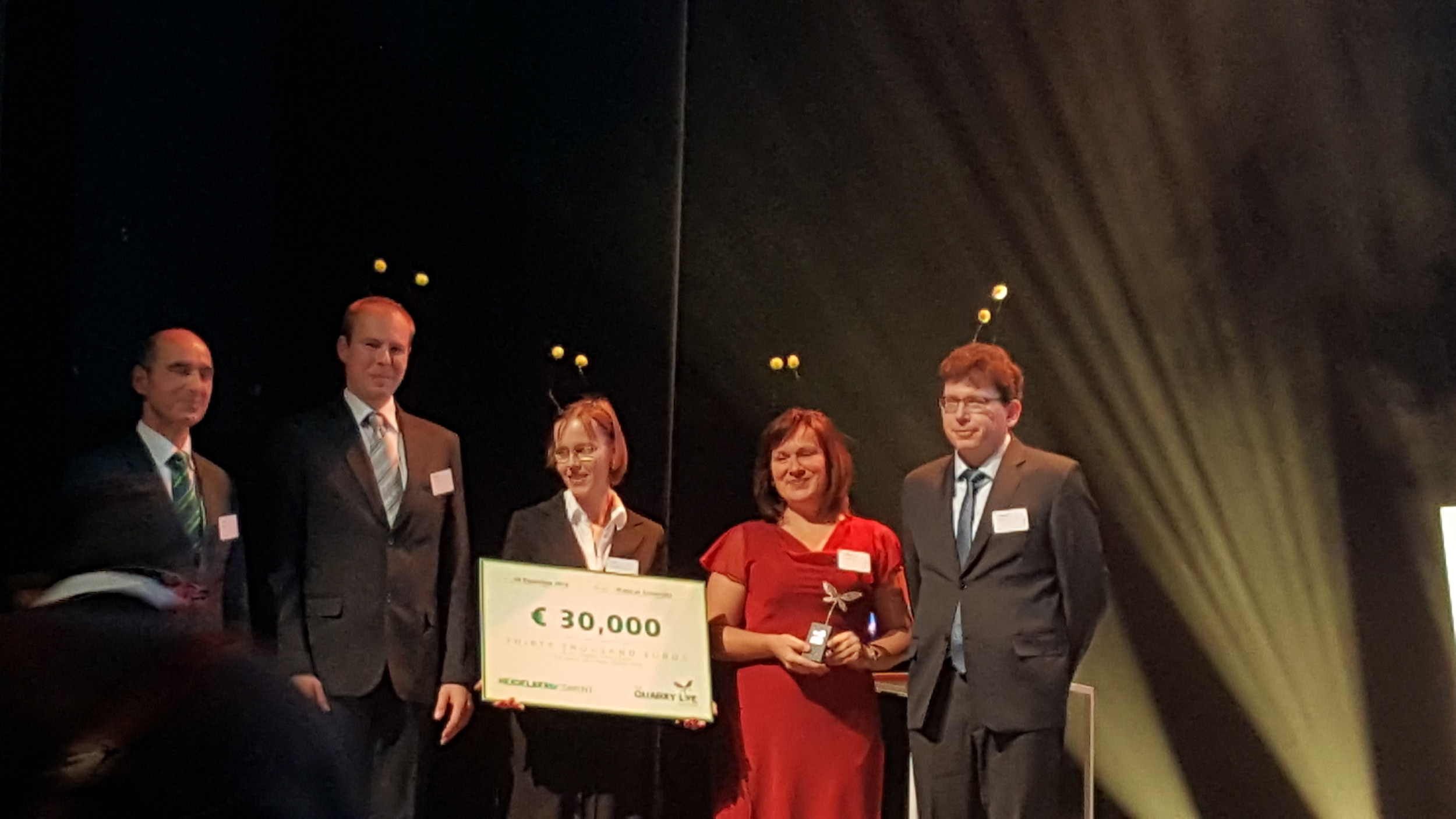 Our colleague and collaborator Luboš Tichý and his team won the international contest
Our colleague and collaborator Luboš Tichý and his team won the international contest 